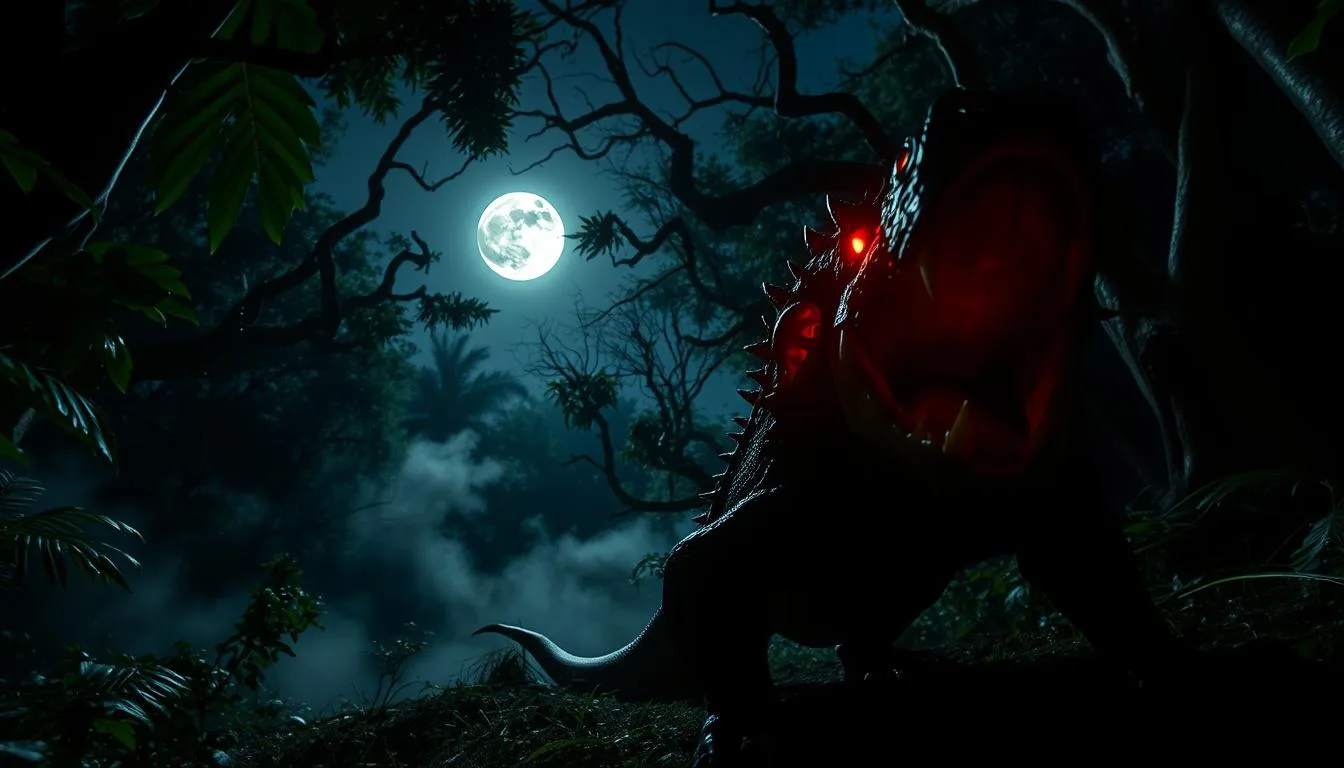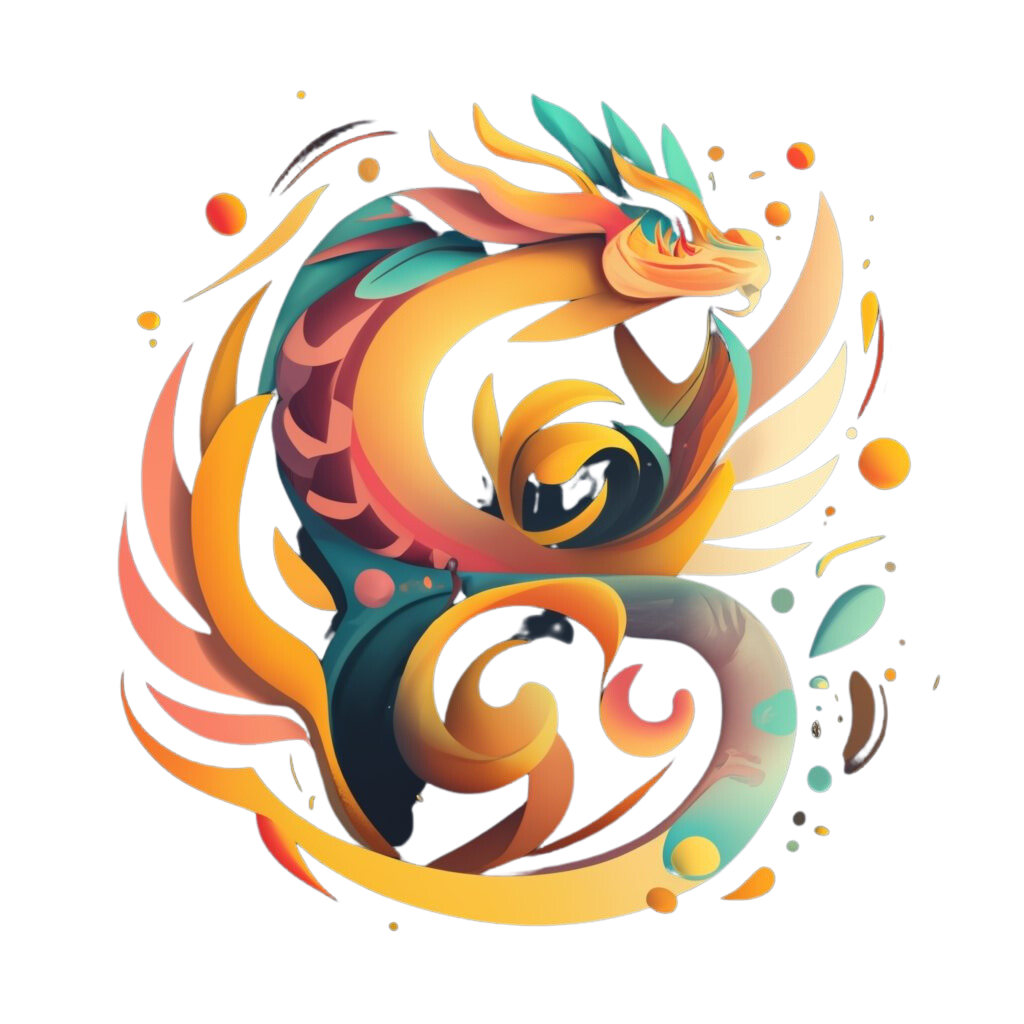The island of Puerto Rico is a treasure trove of stories that blend history, nature, and the supernatural. From ancient creation myths to tales of legendary lovers, these stories have shaped the cultural identity of the land. One of the most enduring figures is Atabei, the Taíno mother goddess, whose story reflects the island’s deep connection to its indigenous roots.
Legends like Guanina, a Taíno woman who played a pivotal role in the rebellion against Spanish colonizers, highlight the resilience of the island’s people. Beyond human stories, Puerto Rico’s folklore is filled with strange and fascinating phenomena. For instance, the mysterious chupacabra, a predator said to drain the blood of animals, has sparked countless tales and sightings.
Natural wonders also play a part in these legends. The phenomenon of raining coquí frogs in El Yunque National Forest adds a magical touch to the island’s rich tapestry of stories. Together, these tales create a unique blend of history, legend, and nature that continues to captivate both locals and visitors alike.
Key Takeaways
- Puerto Rico’s folklore is a mix of history, legend, and natural phenomena.
- Atabei, the Taíno mother goddess, is central to the island’s creation myths.
- Guanina’s story reflects the Taíno resistance against Spanish colonization.
- The chupacabra is a famous cryptid in Puerto Rican folklore.
- El Yunque’s raining coquí frogs add a magical element to the island’s tales.
Ancient Creation Myths and Taíno Origins

The Taíno people of the Caribbean left behind a legacy of creation myths that explain the origins of life. These stories, passed down through generations, reveal a deep connection to nature and the cosmos. At the heart of these tales is Atabei, the earth mother and creator of all.
Atabei: Mother Earth and Creator of Life
Atabei is revered as the original earth mother in Taíno culture. She molded life from the earth, shaping her sons, Yucajú and Guacar, to bring order to the world. Yucajú, the elder son, became the god of the sun, moon, and stars, while Guacar was tasked with the darker aspects of existence.
Yucajú’s role was pivotal in establishing cosmic order. He transformed earthly gems into celestial bodies, creating the sun, moon, and stars. This act not only illuminated the world but also gave life to plants and animals. The Taíno saw these creations as a reflection of their connection to the universe.
The Roles of Yucajú, Guacar, and the First Man Locuo
Locuo, the first man, was born from a remarkable act. Atabei combined elements of the divine and the animal to create him, making him a unique being. Locuo’s existence symbolized the harmony between humans and nature, a core belief in Taíno culture.
However, Guacar’s jealousy led to his transformation. Once a part of the divine order, he became a spirit of chaos, adding complexity to the myth. This duality of creation and destruction is a recurring theme in Taíno stories, reflecting the balance of life.
These creation myths are more than just tales. They explain natural phenomena and human origins, offering insight into the Taíno worldview. By understanding these stories, we gain a deeper appreciation for their cultural heritage and identity.
The Intriguing Legend of Guanina

The legend of Guanina, a Taíno princess, is a powerful narrative of romance and rebellion. Her story is not just a tale of love but also a symbol of resistance against colonial forces. Guanina’s forbidden relationship with Don Cristobal de Sotomayor, a Spanish officer, became a turning point in the island’s history.
Taíno Rebellion and the Clash with Spanish Conquistadores
Guanina’s love for Don Cristobal de Sotomayor was seen as a betrayal by her people. This romance sparked a fierce rebellion among the Taíno warriors. They sought to reclaim their land and freedom from Spanish rule. The death of Don Cristobal in 1511 was a pivotal moment. It proved that the Spanish were not invincible, igniting hope among the Taíno people.
Love, Sacrifice, and the Ceiba Tree Resting Place
Guanina’s ultimate sacrifice is a testament to her unwavering love. After Don Cristobal’s death, she was found with her head resting on his chest beneath a ceiba tree. This sacred tree, revered in Taíno culture, became their final resting place. The story of Guanina is a poignant reminder of the themes of love, sacrifice, and resistance that continue to resonate in the island’s collective memory.
Magical Nature: Raining Frogs and Transmutations
El Yunque National Forest is home to one of nature’s most enchanting phenomena. Here, the tiny coquí frogs create a spectacle that seems straight out of a legend. During periods of high humidity, these frogs ascend the trees to escape predators, only to leap off the canopy and float gently to the ground.

This survival tactic gives the illusion of raining frogs, a sight that has captivated locals and visitors alike. The coquí frogs, a symbol of Puerto Rico, are not just an animal but a part of the island’s rich culture and history. Their unique behavior adds a layer of magic to the already mystical environment of El Yunque.
The phenomenon is deeply tied to the Taíno belief in the interconnectedness of nature and the divine. For the Taíno, such events were seen as messages from the gods, reinforcing their bond with the land. Today, this natural wonder continues to inspire awe, blending science with the island’s storied past.
Visitors to El Yunque often describe the experience as surreal, as if stepping into a world where nature and legend coexist. The coquí frogs’ “rain” is a reminder of the island’s ability to surprise and enchant, making it a must-see for anyone exploring Puerto Rico.
Puerto Rican Mythical Creatures: Revealing Legends and Spirits
From shadowy cryptids to transformative spirits, the island’s legends are both chilling and captivating. These tales, rooted in the Taíno culture and beyond, continue to shape the island’s identity and inspire curiosity.
The Mystery of El Chupacabra and Other Cryptids
The chupacabra is perhaps the most infamous creature in Puerto Rican folklore. Descriptions vary, but it’s often depicted as a green or gray predator with sharp spines and glowing eyes. Its name, meaning “goat-sucker,” comes from its alleged habit of draining the blood of livestock.

Reports of the chupacabra first emerged in the 1990s, sparking fear and fascination across the island and parts of America. Some believe it’s a mutated animal, while others see it as a supernatural being. Its eerie presence has made it a staple of modern cryptid lore.
Other cryptids also feature prominently in local tales. The Taíno spoke of the Maboya, a spirit that could transform into an animal to trick or harm humans. These stories reflect the island’s deep connection to the natural and the unknown.
Spiritual Interventions and Transformational Myths
Spiritual interventions play a key role in Puerto Rican folklore. Many legends involve rituals or divine acts that transform individuals or creatures. For example, the Taíno believed that certain spirits could guide or punish humans, shaping their destinies.
These myths often serve as cultural symbols, teaching lessons about morality and the balance of life. Stories of transformation, like those of the chupacabra, remind us of the thin line between the natural and the supernatural.
Today, these legends influence local beliefs and even pop culture. From books to movies, the chupacabra and other cryptids continue to captivate audiences, keeping the island’s rich traditions alive.
Echoes of Myth and Memory in Boricua Culture
The stories of Puerto Rico’s past are more than tales; they are threads of identity woven into its present. From the ancient myths of the Taíno to the mysterious chupacabra, these legends continue to shape the island’s cultural heartbeat.
Commemorations like La Rogativa and cultural routes trace these narratives, keeping them alive in everyday life. Folklore unites communities, preserving historical memory and teaching timeless lessons.
Every legend, whether of love, loss, or nature’s wonder, contributes to a vibrant cultural tapestry. These stories invite us to explore and appreciate the rich heritage of Puerto Rico, connecting us to its roots and inspiring future generations.
FAQ
What is the significance of Atabei in Taíno mythology?
Atabei is revered as the Mother Earth figure in Taíno culture, believed to be the creator of life and the foundation of their spiritual beliefs.
Who were Yucajú and Guacar in Taíno legends?
Yucajú and Guacar were central deities in Taíno mythology. Yucajú represented the sky and creation, while Guacar was associated with the underworld and chaos.
What is the story behind Guanina and the Ceiba tree?
Guanina was a Taíno woman who fell in love with a Spanish soldier. Their tragic story of love and sacrifice is tied to the Ceiba tree, where her spirit is said to rest.
Why are coquí frogs important in Puerto Rican folklore?
Coquí frogs are iconic symbols of the island, often linked to the mystical rainforest of El Yunque. Their unique song is believed to carry spiritual significance.
What is El Chupacabra, and where did the legend originate?
El Chupacabra is a cryptid said to prey on livestock, leaving puncture wounds. The legend began in the 1990s and has become a prominent part of modern folklore.
How do myths and legends influence Boricua culture today?
Myths and legends remain deeply woven into the island’s identity, shaping traditions, art, and storytelling, and preserving the Taíno and colonial heritage.
Learn more about other Latin American mythical creatures here: Latin American Folklore
